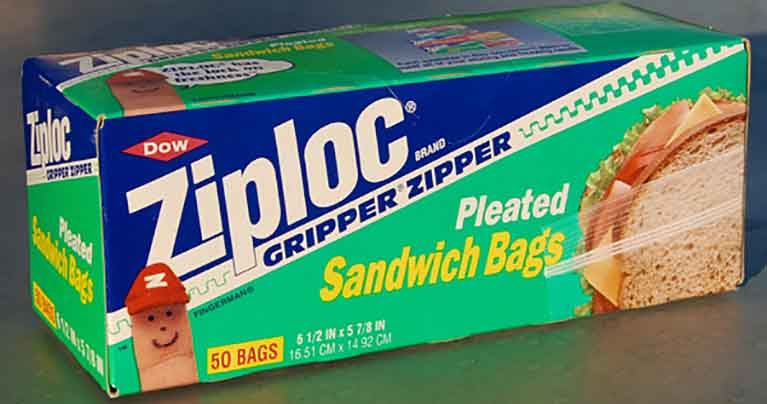Plastic wrap and sandwich plastic bags are wasteful, petroleum products that shouldn’t be part of natural living. Even though they are convenient for storing or heating food, you should know that the plastic material leaches toxins into the food that we later end up eating. Many plastics contain the chemical Bisphenol A, more known as BPA, which can cause various health problems in people who eat foods in contact with it. In fact, all plastics contain certain chemicals, but it’s still unclear if they are safe, or dangerous as BPA.
According to latest study, when plastic bottles and storage boxes are heated, the plastic leaches chemicals into the food and beverage we later consume. Last year, there were two major reports that connected 175 chemicals found in plastic with numerous health issues related to fertility, cancer, and fetal development.
The following list presents types of plastics by recycling code number, and reveals if they pose risks to our health.
1. Polyethylene terephthalate ethylene (PET or PETE). It is used to pack a lot of different foods and beverages. Although regarded as non-leaching, safe plastic, certain studies have discovered that PET might occasionally release toxic metallic mineral antimony, particularly when exposed to heat.
2. High density polyethylene (HDPE). This plastic is commonly used for water and milk jugs, plastic bags, and dairy product tubs. So far, this plastic is considered as non-leaching.
3. Polyvinyl chloride (PVC or V). This one is included in plastic wrap, especially the varieties used in commercial packaging of deli and similar items. To maintain their flexibility, PVC uses the hazardous phthalates, which can easily leach out of the products. What’s more, when in contact with fatty foods, it can also release di-(2-ethylhexyl) adipate (DEHA). Therefore, this type of plastic is not recommended.
4. Low-density polyethylene (LDPE) is used for types of packaging like squeezable bottles and bread and frozen food bags, as well as for reusable containers. LDPE is considered as non-leaching plastic.
5. Polypropylene (PP). This plastic is used for reusable containers, bottles and food tubs. It is also considered as a safe, non-leaching plastic.
6. Polystyrene (PS). It is usually found in foamed food containers. PS is not recommended in the kitchen, as it can leach numerous chemicals into foods.
7. OTHER. This category includes all other plastics, like the shatter-resistant polycarbonate which is used in reusable water bottles, baby bottles, and similar things. Polycarbonates release BPA, a toxic compound, into food and beverages. However, the presumably safe corn-based PLA (polylactic acid) is also part of this group of plastics. Since recognizing if a #7 container is kitchen-safe, it’s best to look for BPA-free bottles.
According to researchers, phthalates, BPA, and other chemicals known to be endocrine disruptors are related to problems in the reproductive organs, cancer, and other serious health problems. This is the reason why the production of children’s products isn’t allowed to use 6 phthalates, and why the Food and Drug Administration researches BPA to decide if it needs to be banned from the lining of food and drink cans and baby bottles.
Even though plastic wrap doesn’t usually contain phthalates or BPA, 2008 analysis done by Good Housekeeping magazine showed that Glad brand “Press n’Seal” wrap does contain low levels of BPA and phthalates. In the U.S., plastic wrap is produced from PVC and contains di(2-ethylhexyl)adipateor DEHA – a “plasticizer” that is very similar to the phthalate DEHP.
In the 1990s, there were few studies conducted on mice which proved DEHA can cause liver tumors. Other studies proved DEHA can leach from plastic warp into food, especially foods with high-fat content like cheese.
In 1998, the Consumers Union has conducted a study which analyzed plastic-wrapped foods and the presence of DEHA. The results showed these foods contain DEHA in amounts higher than recommended and allowed by European regulatory agencies and advisory committees. On the other hand, the FDA hasn’t determined the safe levels of DEHA in food, due to the insufficient data on its impact on our health, and because it’s still not classified as a cancer-causing chemical by any government body.
The Environmental Health Perspectives has published a study conducted at the University of Texas which confirms almost all plastics leach hormone-disrupting chemicals, even those which are free from BPA. This usually applies for old plastic that has been long used or subjected to repeated washing, or for plastic that’s been heated.
Via Huffpost | President’s Cancer Panel | Saran Brands | Handyman

